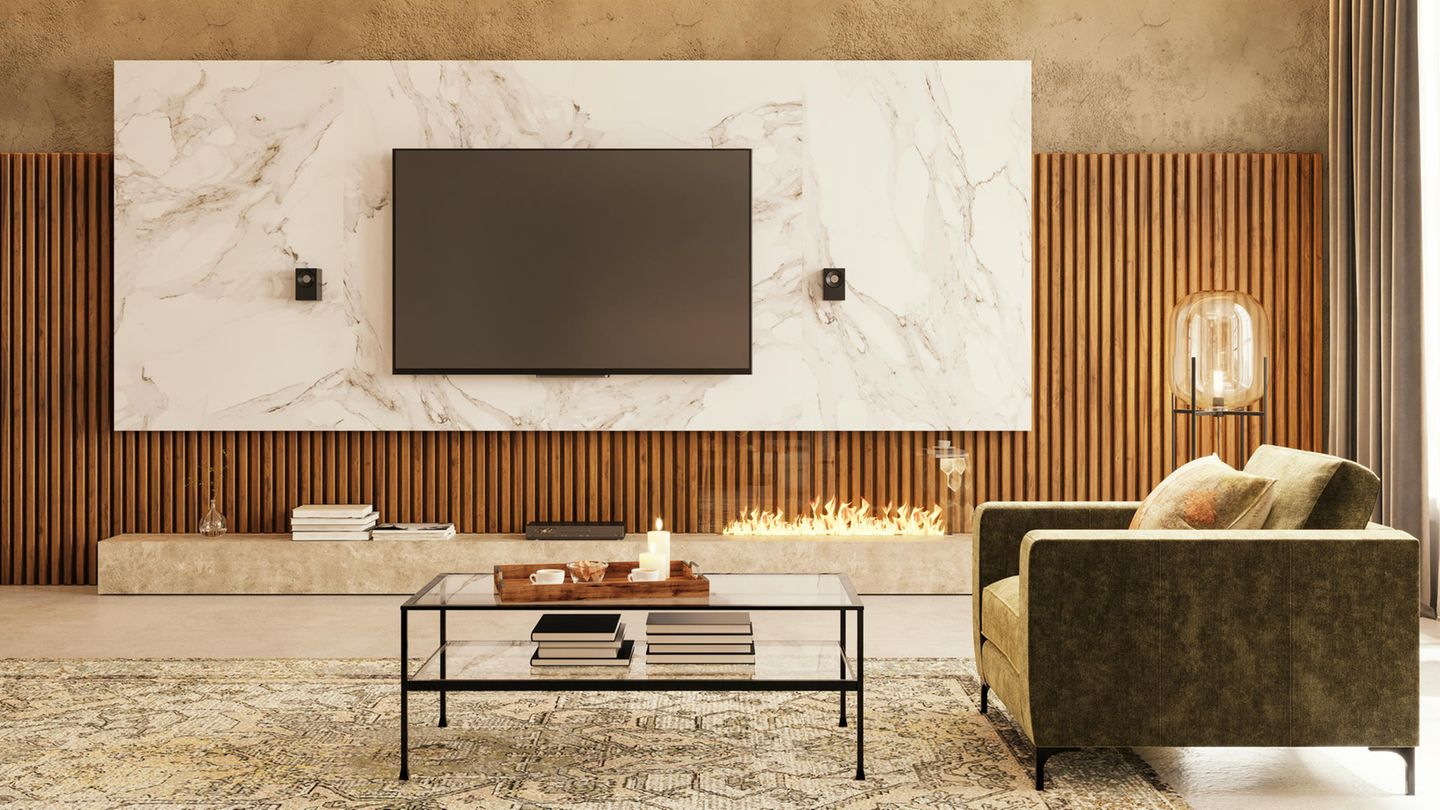I am an author and journalist who has worked in the entertainment industry for over a decade. I currently work as a news editor at a major news website, and my focus is on covering the latest trends in entertainment. I also write occasional pieces for other outlets, and have authored two books about the entertainment industry.
Menu
Acoustic panels of ideas: What you need to attach
Categories
Most Read
Jorge Rojas inaugurated a new edition of the La Yapa festival together with Chaqueño Palavecino
October 20, 2025
No Comments
Pedro Pascal, Mark Ruffalo, Susan Sarandon and more artists were part of the massive marches against Donald Trump
October 20, 2025
No Comments
Ashton Kutcher: How his good looks closed doors for him
October 20, 2025
No Comments
MasterChef Celebrity: who are the two participants who left the reality show in the first elimination gala
October 20, 2025
No Comments
Vanessa Kirby: “The Crown” star has become a mother for the first time
October 20, 2025
No Comments
Latest Posts

Long car trips: how to calculate fuel consumption and not have problems on the road
October 20, 2025
No Comments
In this context, knowing how much gasoline the car consumes and how much will be needed for the trip, You can avoid getting stranded mid-hike

New controversy: L-Gante is accused of stealing a police officer’s motorcycle
October 20, 2025
No Comments
October 20, 2025 – 11:49 The problems with the Police occurred after his departure from a property in Roque Pérez where a show by the

Lena Oberdorf suffers another cruciate ligament tear – a month-long break
October 20, 2025
No Comments
National player The knee again! Lena Oberdorf has another cruciate ligament tear The description “bitter” would be a complete understatement: national soccer player Lena Oberdorf
24 Hours Worlds is a comprehensive source of instant world current affairs, offering up-to-the-minute coverage of breaking news and events from around the globe. With a team of experienced journalists and experts on hand 24/7.

